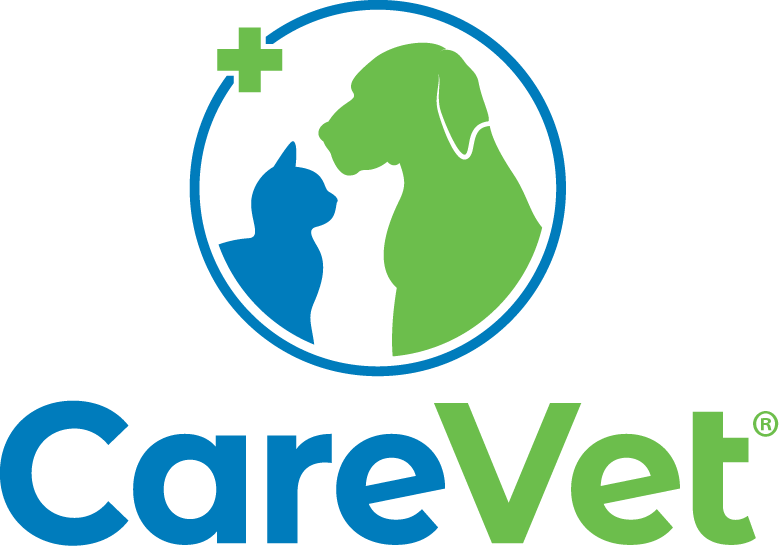Step 1: Identify the Best Platform for You
There are many different forms of social media out there and sometimes it can be difficult to differentiate between them. The most widely used social media platforms are Facebook, Instagram, LinkedIn, Twitter, Youtube, Tik Tok and Snapchat. You do not, however, need to be present on all of them! We recommend you select 1-2 platforms to focus your time and efforts.
So which platform should you choose? For most veterinary practices, who are trying build their presence locally, we recommend Facebook. Facebook is a community-based platform that encourages connection with people and businesses of similar interests and locations. It is thus a great way to build an online community for your clients! Furthermore, it is used by 69% of adults (Pew Research Center) making it one of the most widely used social media platforms out there.
If you are looking for a secondary option, we recommend Instagram. Instagram is a great supplement to your Facebook page, as content can be easily posted to both social media platforms at the same time. This minimizes the time commitment of a second platform. Instagram is also a great way to connect with the younger generation of new or soon to be pet owners, as 67% of 18 to 29-year-olds are active users (Pew Research Center).
Step 2: Build a Strong Profile
It is important that your social media profile reflects the unique character of your practice and includes all your contact information. Here are a few things you can do to enhance your page:
- Ensure all information is accurate. You want to make the customer journey as easy as possible, which means they shouldn’t need to search for accurate information. Make sure your name, hours, email, website, etc. are always up to date.
- Use your logo as the profile picture. There are many veterinary clinics on Facebook and it is important to make it as easy as possible for your clients to recognize your business.
- Include photos of your staff, pets, building, etc. This will make your page feel authentic and genuine to anyone visiting. It will also enforce the feeling of community you are building!
Step 3: Post 2-3x a Week
By posting regularly you give clients a reason to follow your page and inspire loyalty. There are three types of social posts we recommend developing: informational, promotional and engaging.
The purpose of an informational social media post is to educate your client on pet care. The content should focus on best practices of pet parenting. For example: never leave your pet in a hot car, always check for ticks after a hike and most common household poisons.
The purpose of a promotional social media post is to inform clients of any special discounts or programs you are running. Whether it’s 10% off teeth cleaning for dental month or a free nail trim with any wellness exam, these types of posts are great ways to encourage preventative care!
The purpose of an engaging social media post is to encourage clients to interact with your page and each other, thus strengthening your online community and your relationship with the client. Pet parents love to talk about and share pictures of their pets, so ask them questions! Where is your pet’s favorite place to take a nap? What does your pet do to cool off in the summer? What is the first picture you have of your pet? These questions are sure to inspire communication and engagement.
By varying between these different types of social media posts you will keep your page fresh and your followers engaged.
Step 4: Ask Clients to Follow/Like!
Encourage clients to follow you on social media by communicating the benefits and information available on your profile! Front desk signage, emails and invoice documents can all be used to tout the discounts, health tips and community on your page. Many clients will be excited about a new way to engage with you!
